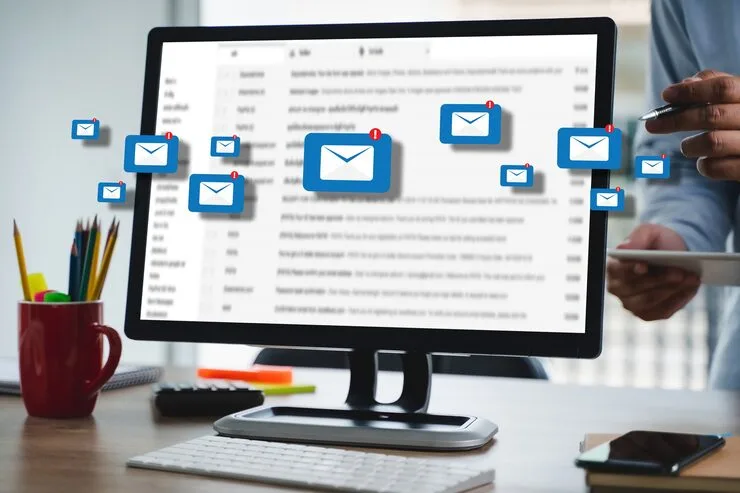In today’s digital landscape, email marketing has emerged as a highly effective strategy for businesses to engage with their target audience, build relationships, and drive conversions. In this article, we will explore the concept of email marketing, its benefits, and provide a step-by-step guide on how to implement email marketing campaigns. Additionally, we will discuss some essential tools that can enhance your email marketing efforts.
Table of Contents
Understanding Email Marketing:
Email marketing is a form of direct marketing that involves sending commercial messages to a group of people via email. It allows businesses to communicate with their subscribers, customers, or prospects, with the goal of promoting products or services, building brand awareness, and fostering customer loyalty. Email marketing can be personalized, highly targeted, and offers a cost-effective way to reach a large audience.
Getting Started with Email Marketing:
- Define Your Goals: Determine what you want to achieve with your email marketing campaigns, such as increasing sales, generating leads, driving website traffic, or improving customer engagement.
- Build Your Email List: Create a database of subscribers who have opted in to receive your emails. Offer valuable incentives like exclusive content or discounts to encourage sign-ups.
- Choose an Email Marketing Service Provider: Select a reputable email marketing platform that suits your needs. Popular options include Mailchimp, Constant Contact, and Sendinblue. These platforms offer features like email templates, list management, automation, and analytics.
- Design Engaging Emails: Create visually appealing and mobile-responsive email templates that align with your brand. Use compelling subject lines to grab attention, and include relevant content, images, and a clear call-to-action.
- Segment Your Audience: Divide your email list into smaller segments based on demographics, interests, purchase history, or engagement levels. This allows for personalized and targeted email campaigns, leading to higher open and click-through rates.
- Automate Your Campaigns: Take advantage of automation tools provided by your email marketing platform. Set up automated welcome emails, follow-up sequences, and abandoned cart reminders to nurture leads and improve conversions.
- Monitor and Analyze: Regularly track the performance of your email campaigns using analytics provided by your email marketing platform. Monitor metrics like open rates, click-through rates, conversions, and unsubscribe rates. Use this data to refine your strategies and optimize future campaigns.
Essential Email Marketing Tools:
- Email Service Providers (ESPs): These platforms enable you to manage and send email campaigns efficiently. Examples include Mailchimp, Campaign Monitor, and ConvertKit.
- Email Automation Tools: These tools help automate various aspects of your email marketing, such as drip campaigns, personalized messaging, and triggered emails. Popular options include ActiveCampaign, Drip, and GetResponse.
- Email Design Tools: Use tools like Canva, BEE Free, or Litmus to create visually appealing email templates without extensive design skills. These tools offer drag-and-drop functionality, customizable templates, and responsive design features.
- Email Testing and Analytics Tools: Tools like Litmus, Email on Acid, and Google Analytics provide insights into email deliverability, open rates, click-through rates, and user behavior. They help you optimize your campaigns and improve performance.
- CRM Integration: Integrating your email marketing with a Customer Relationship Management (CRM) system, such as Salesforce, HubSpot, or Zoho CRM, enables seamless data synchronization and enhanced customer insights.
- A/B Testing Tools: Platforms like Optimizely, VWO, or Google Optimize allow you to test different elements of your email campaigns, such as subject lines, content, or call-to-action buttons. This helps you identify the most effective variations and refine your strategies.
Conclusion:
Email marketing remains a powerful tool for businesses to engage their audience, drive conversions, and build lasting customer relationships. By following the steps outlined above and utilizing the essential tools mentioned, you can create successful email marketing campaigns that deliver measurable results. Remember to continuously analyze and optimize your campaigns based on data insights to maximize their effectiveness.




